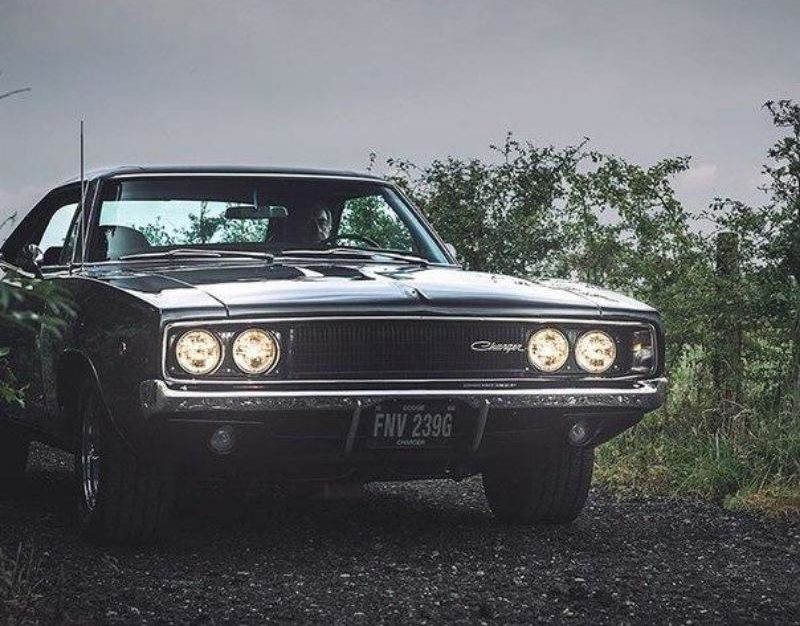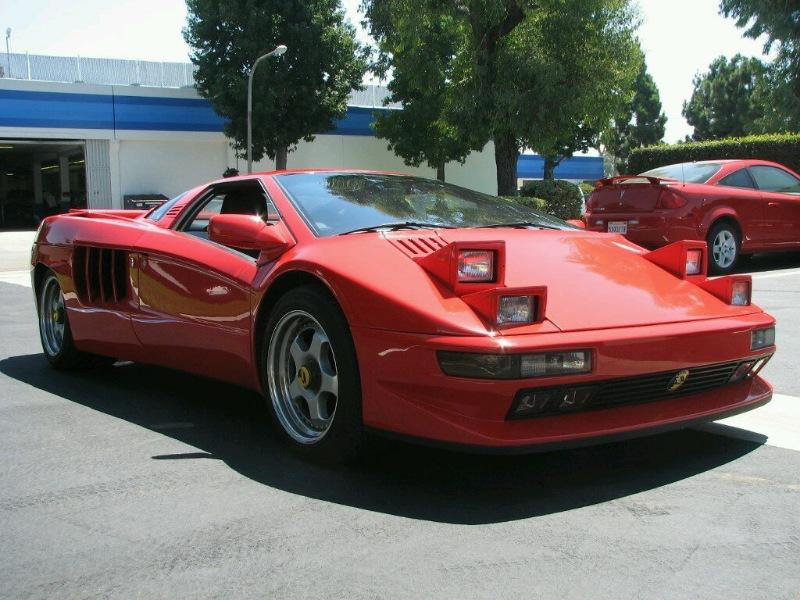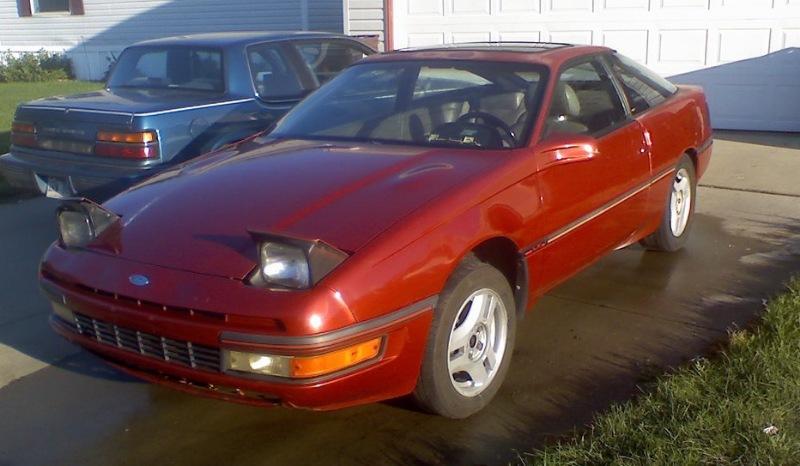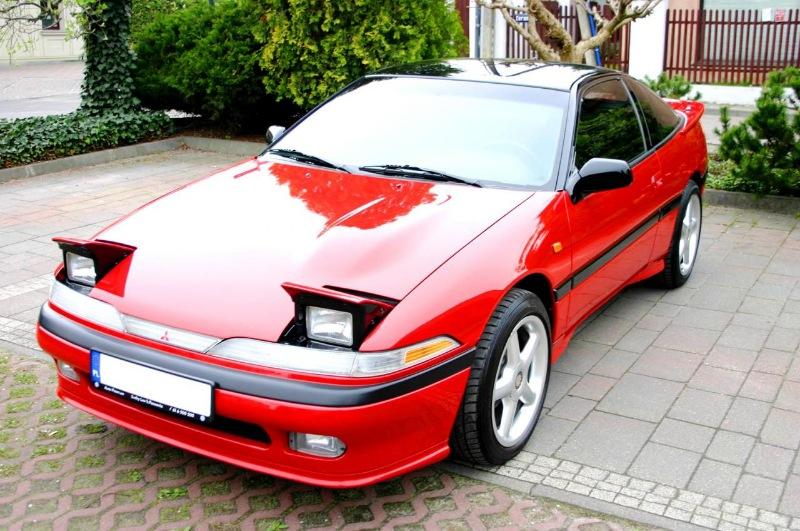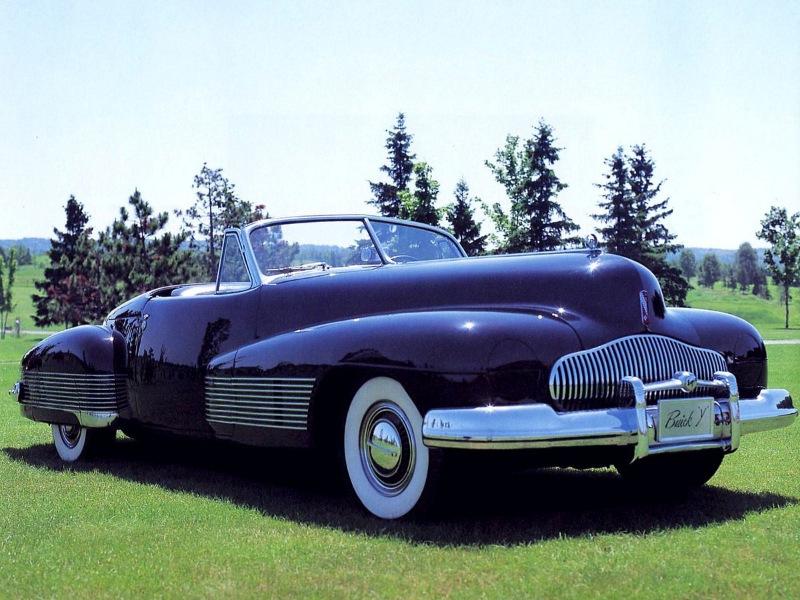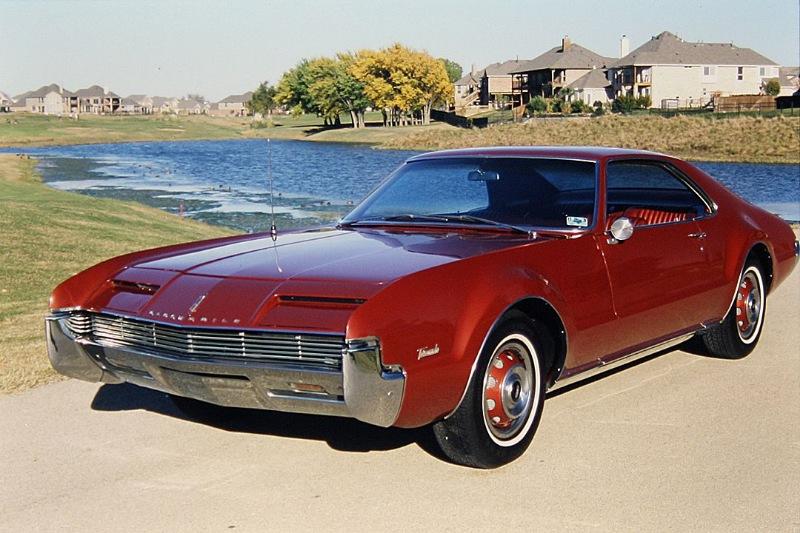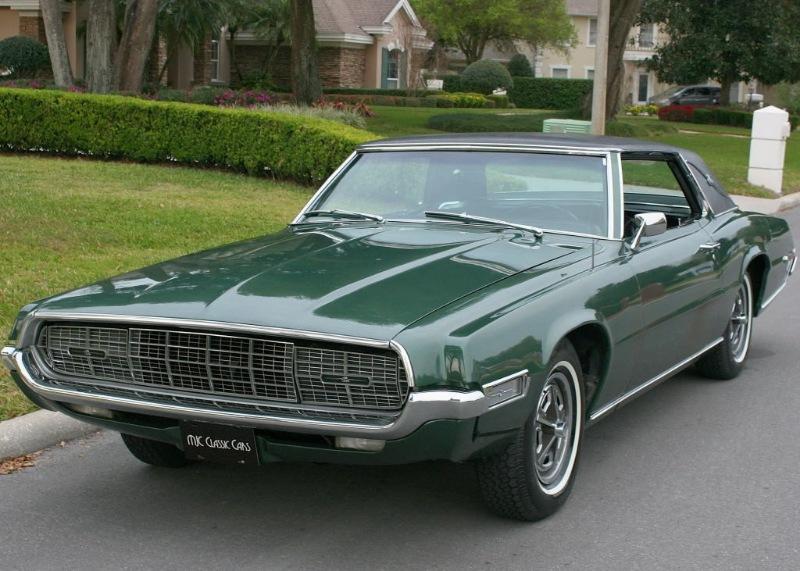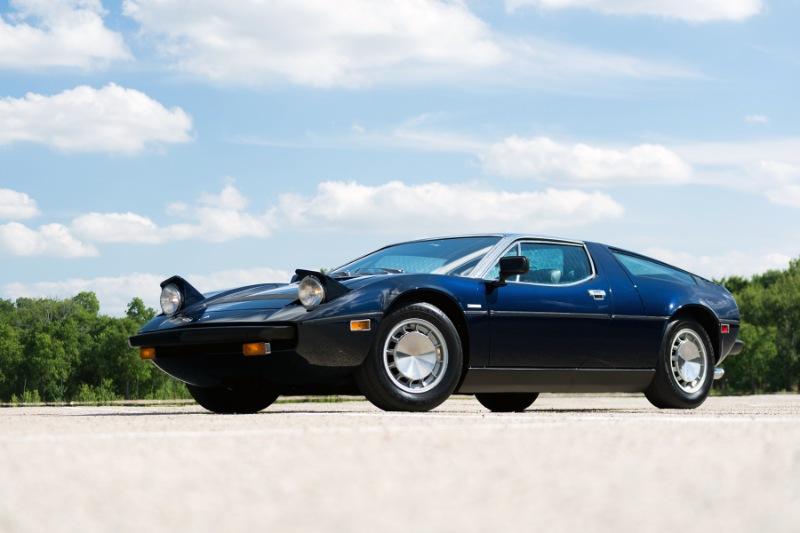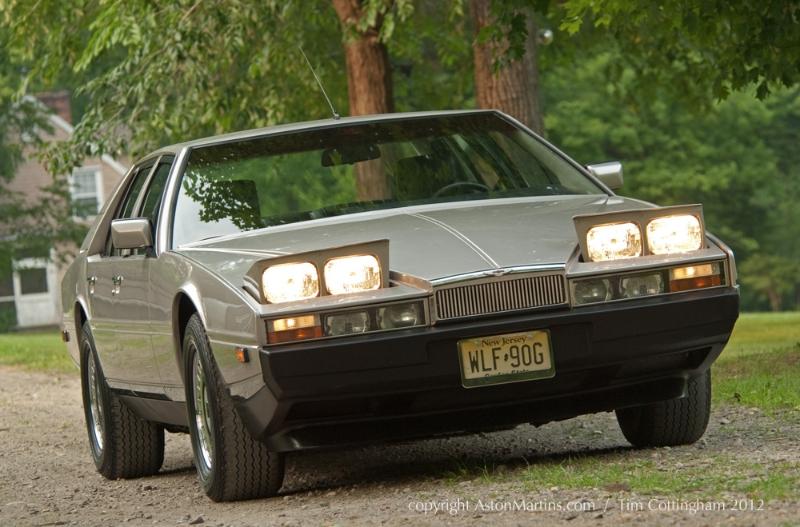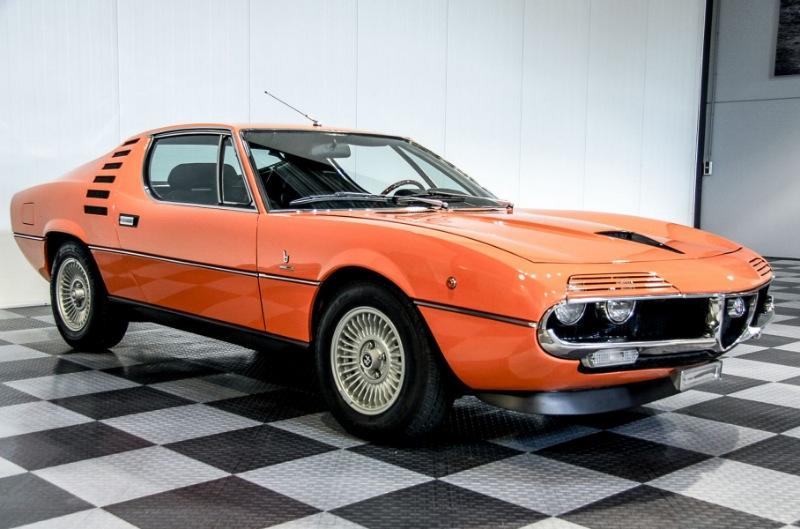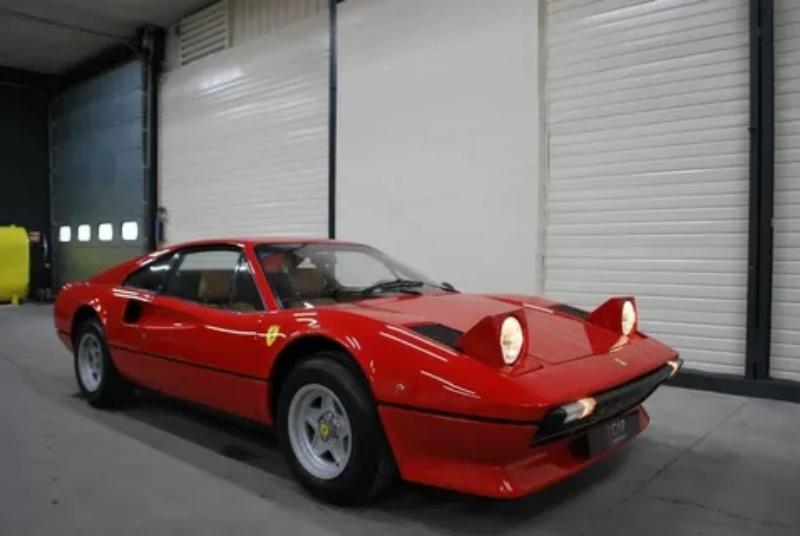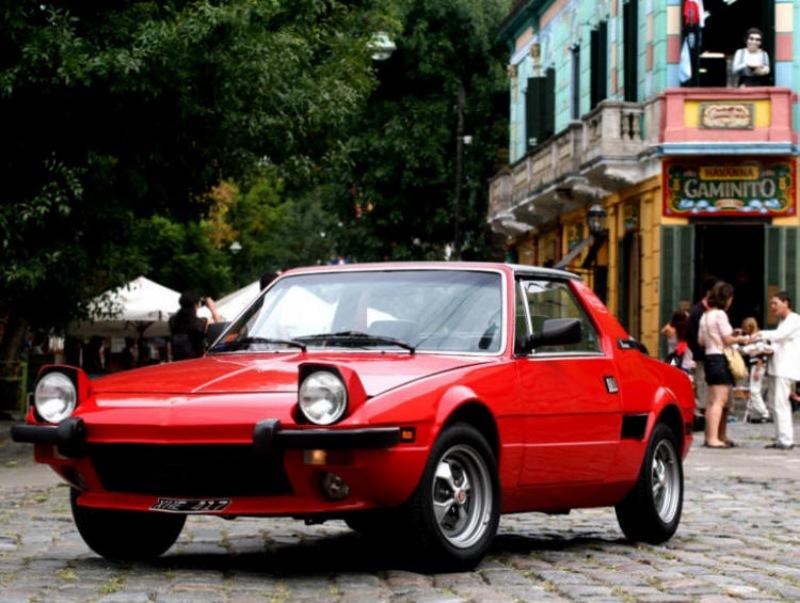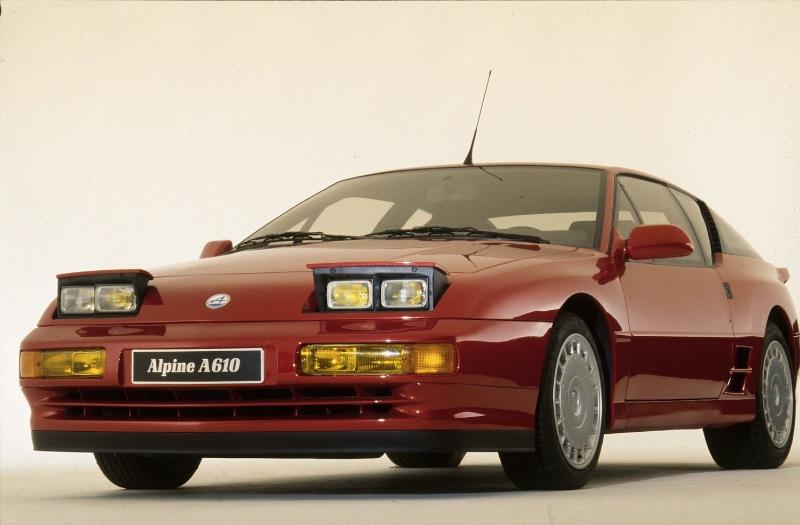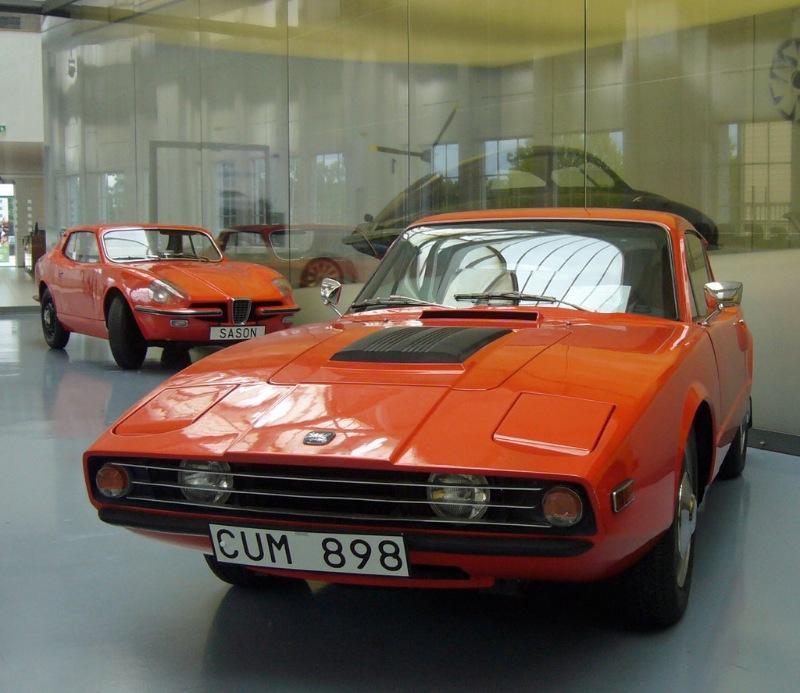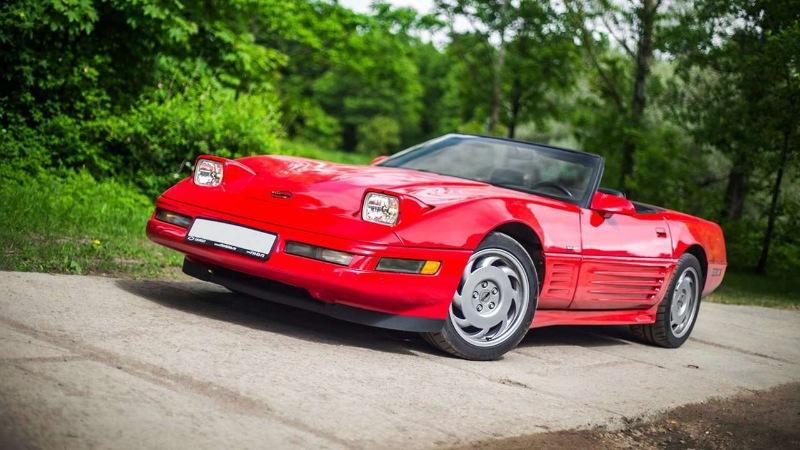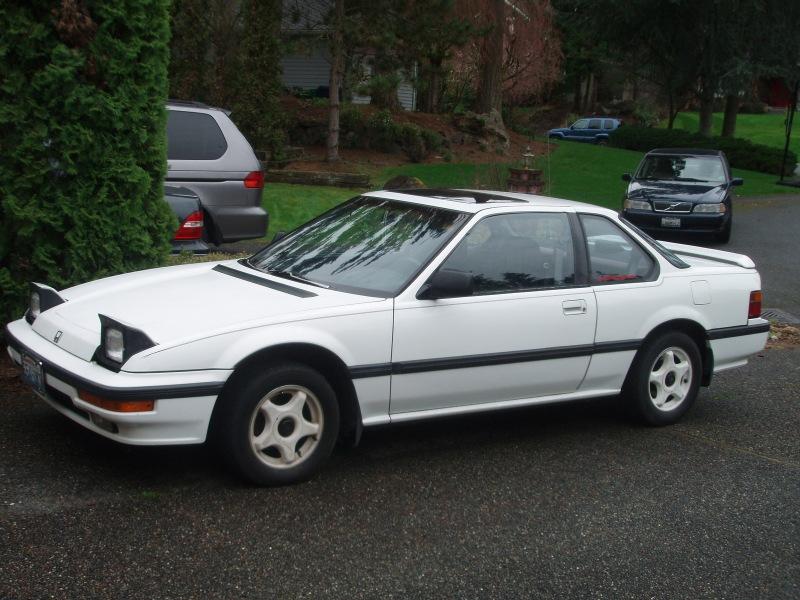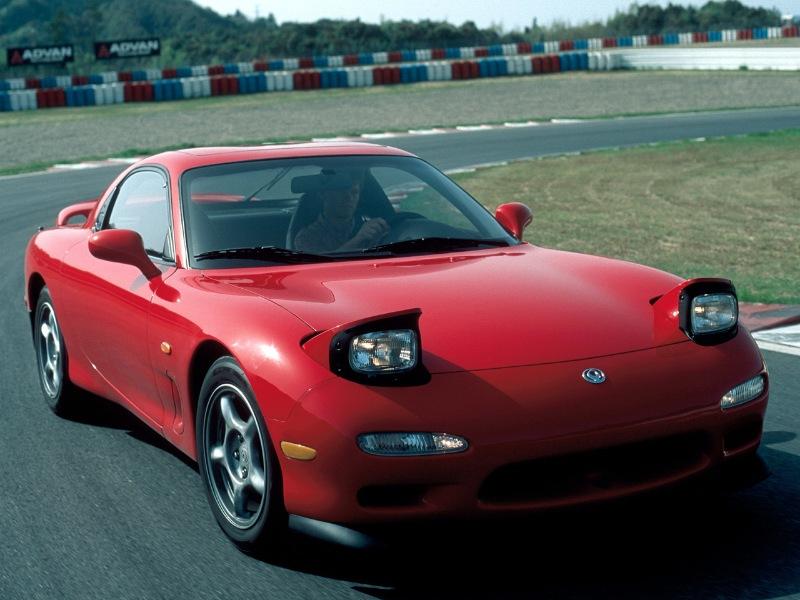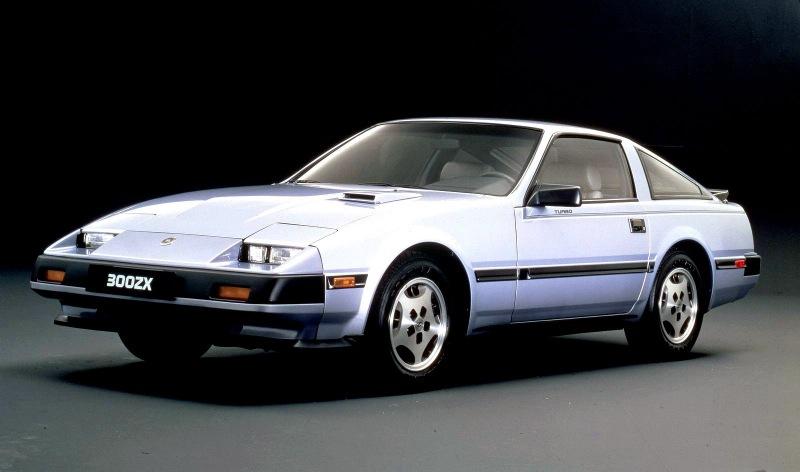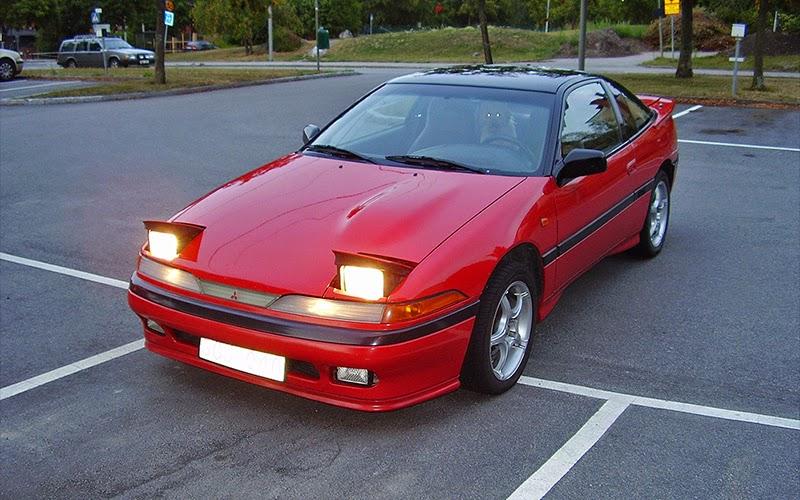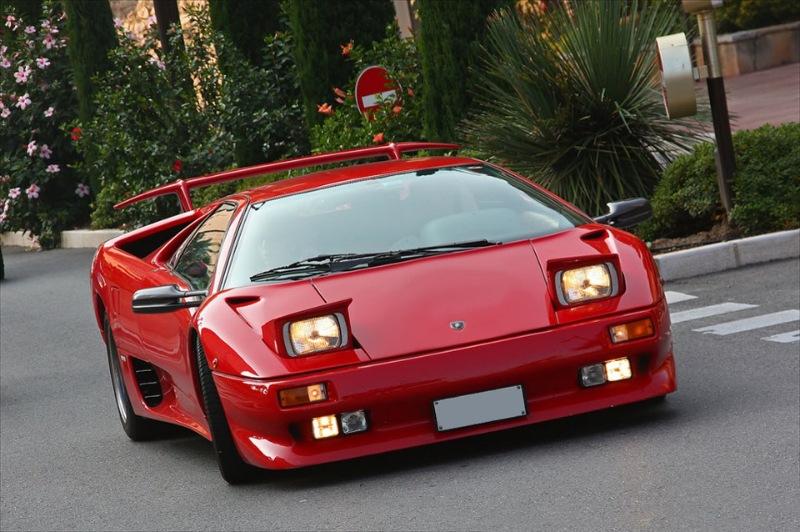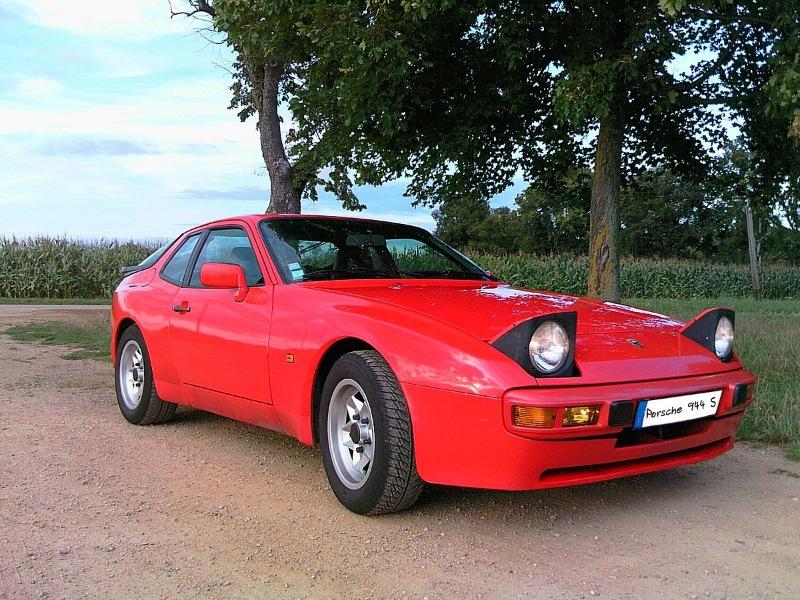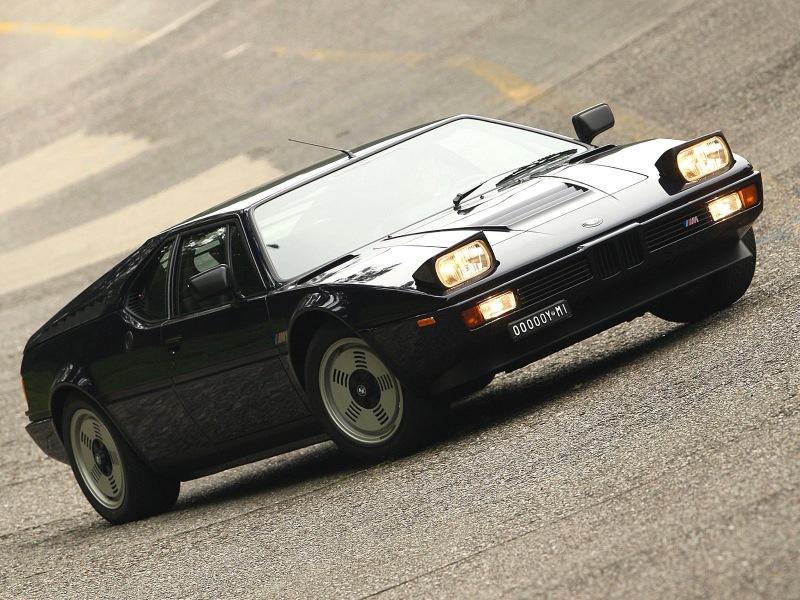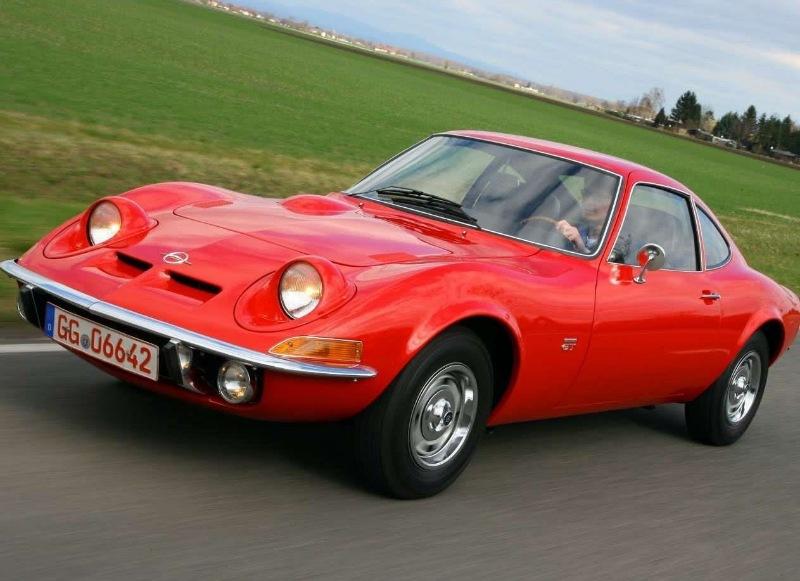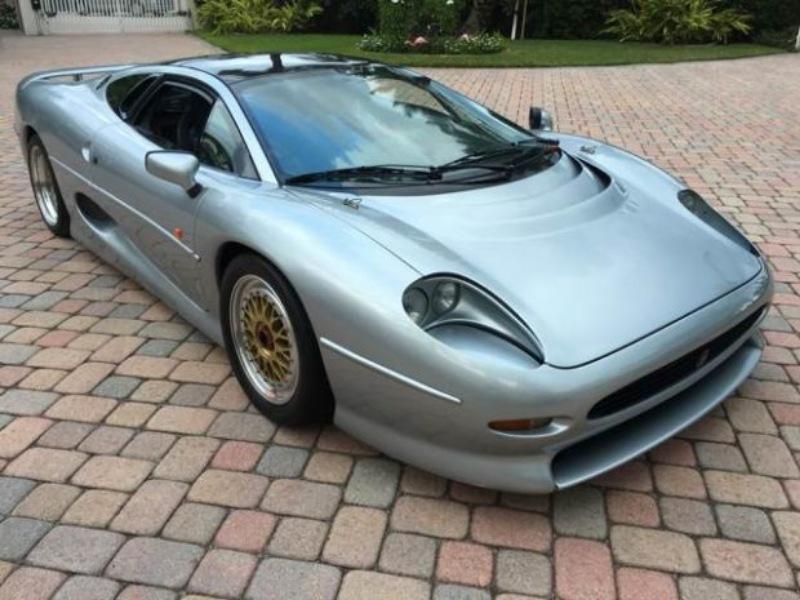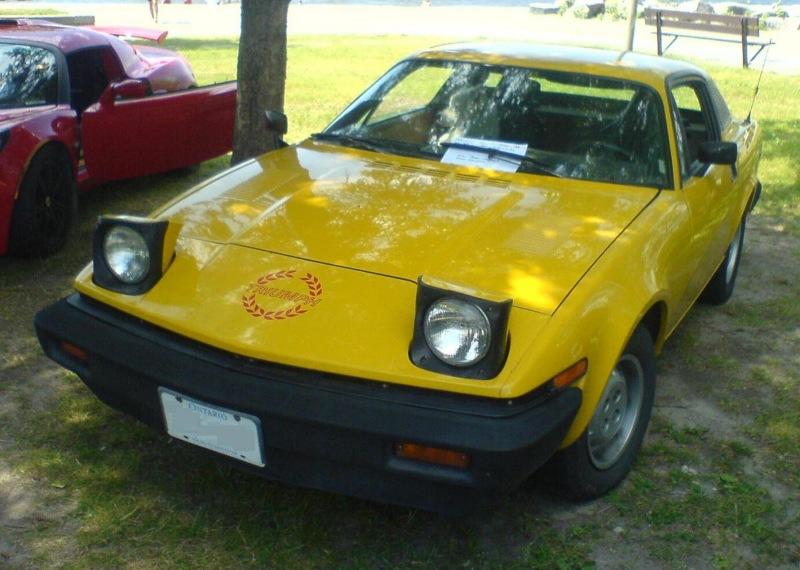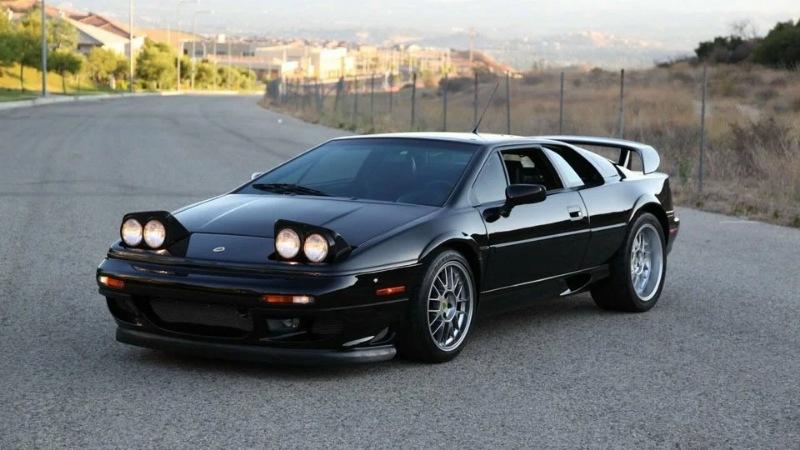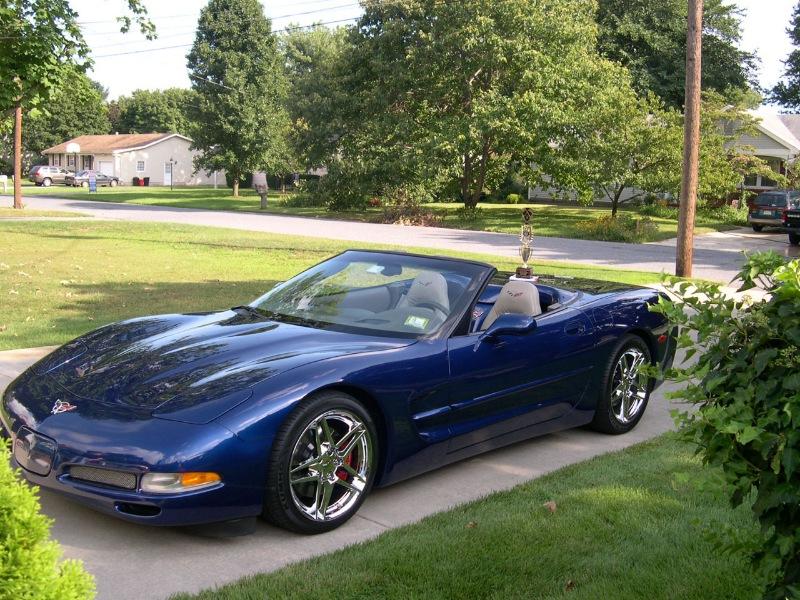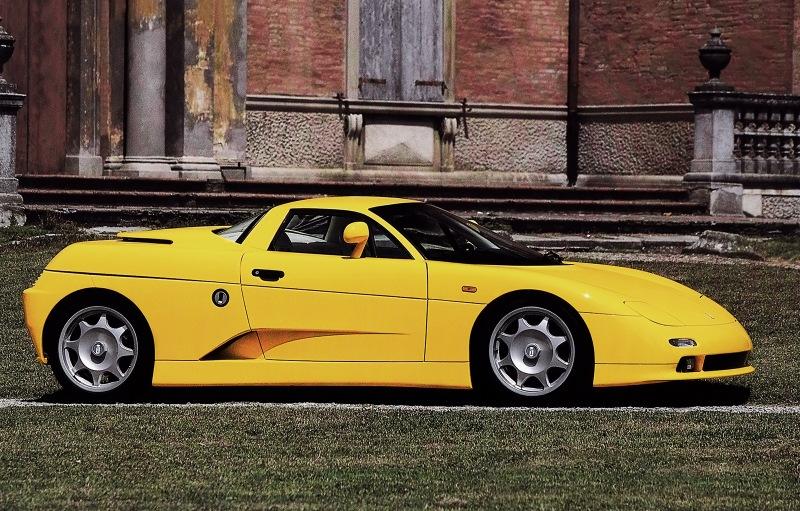Cars with retractable headlights
The idea to create a car with headlights that can be hidden for a while belonged to Gordon Miller Bjurig. This designer from the USA designed bodies for the American company Cord in the 1930s and his first car with opening headlights was the Cord 810.
The principle was borrowed from the landing and steering lights hidden in the fuselage of airplanes to improve aerodynamics. Actually, the designers of those times didn't really care about aerodynamics, and the new concept was used more for marketing purposes. The optics on the Cord 810 was folded inside the wings by turning two knobs "meat-grinder" on the dash - one per headlight. Gordon simply did not have time to design any acceptable electric drive, rushing to complete his design in time for the 1935 New York Auto Show.
This car marked the beginning of an entire era of cars with concealed optics, which peaked in popularity in the 1970s and 1980s. The end of this trend came in 2004 with the adoption of new UNECE regulations for protruding bodywork, including lashes and headlight bezels. The new regulations banned cars with protruding sharp and fragile elements on the body, which increase the risk of injury to pedestrians in accidents. However, these bans did not affect earlier models, and in most countries of the world, driving on public roads in cars with raised or concealed headlights is not restricted by law.
What are the advantages of such cars
There are two main variants of hidden optics:
- When the headlight housing is raised and hidden in the hood or fenders by a swivel or retractable mechanism.
- When the optics remain stationary, but are partially or completely covered by flaps.
Initially, these design solutions were purely image-oriented, as the introduction of aviation technology spoke at least about the level of the manufacturer, its technological capabilities. Consequently, all this increased consumer confidence in the product and was useful for the marketing of companies using concealed optics.

Thus, the concept was used mainly for executive class cars.
But by the 60's the idea was adopted by sports car manufacturers, as the smoothed shape of the nose allowed to reduce the air resistance area at high speeds and improve the aerodynamic properties of the car.


The Lamborghini Countach of 1974 with its predatory angular forms, wedge-shaped nose, "bird's wings" type doors and, of course, opening headlights was a fantasy for fans of sports cars in the eighties.
Since then, the presence of a car with mechanical optics has become an indicator of prestige and it is this factor can be called the main motivating, when choosing a car with such an element of lighting equipment. Along with the benefits in the form of image and aerodynamic performance sleepy optics, in some ways more durable, because in a hidden form of transparent headlight plastic is less exposed to mechanical damage.
For the sake of objectivity it is worth mentioning the existing disadvantages of such headlights. The fact is that the mechanical component is an electric, pneumatic or hydraulic drive and in practice it is this unit that has become the weak link in the design. Mechanics get clogged by dust and sand or get frosty, as a consequence of which sometimes one-eyed representatives of the legendary class are found on the road. Residents of the northern regions have noticed another problem with some models: when driving in heavy snowfall, snow adheres to the open optics. Firstly, it reduces visibility when driving at night, and secondly, the stuck snow turns into ice and prevents the closure of the headlights. The cost of maintaining the mechanics and electrics of this type of lighting system is also puzzling. But all these are trifles if you understand that nobody else makes such cars, and each sample is an exclusive, which both collectors and usual admirers of old-school cars want to own.
What is the best choice
Regarding the reliability of one or another type of mechanism, it is worth saying that models with fixed optics and mechanical covers are more durable. The wires going to the lamp are not subject to kinks and do not use up the strength resource, which is implemented, for example, on the Chevrolet Impala.

A compromise between the approaches could be a form of folding lights, as on the Lamborghini Miura.
When folded, the optics are in a slightly lowered position, which aligns them with the body, but does not hide them completely. When turned on, the headlights are raised exactly enough so that the cone of light falls onto the road surface. This principle helped keep the wires from kinking and achieve the best aerodynamics with the headlights on in the sports car.
As for the style, it is difficult to give certain advice, although some representatives are still worthy of separate attention. For example, it is safe to say that in 1969, the German car concern Porsche, against the background of a creative crisis, together with their colleagues from Volkswagen, produced perhaps the most ridiculous and ugly roadster in their own lineup - the VW-Porsche 914.
Some models look quite decent with the headlights off, as in the case of the 1967 Chevrolet Corvette C2 Stingray.
But as soon as one turns the optics, built into the cone-shaped front part of the body, and the whole impression is ruined at the root.
It will be at least uncomfortable to drive in such kind, even for a person with nontrivial sense of taste. Later models of the lineup, however, eliminated this flaw by placing lighting in the plane of the hood.

Other cars, on the contrary, are like created for night driving, and one can't close their optics even during the day. The best example of such a case is the 2002 Pontiac Firebird.
The Americans achieved the best harmony in this regard with the example of the 1968 Dodge Charger.
The headlights look equally brutal in both positions, and the razor-type radiator emphasizes the masculine nature of this car.
Bavarian designers also made strides with the 1989 BMW 8 Series.
But despite the fact that the sample came out very successful and harmonious model has not received support among fans of the classic BMW concept. Due to the low popularity of the car came out in limited editions, but thanks to this it became exclusive in its kind.
The most expensive and the cheapest car with opening headlights
One of the most expensive and rarest representatives of a dying class became Cizeta V16T of 1993.
This brainchild belongs to Italian Claudio Zampolli, one of the engineers of Ferrari and Maserati. In addition to the unusual double-decker hiding optics, this monster has a T-shaped 16-cylinder engine, which made the Cizeta the only car of its kind with such a power plant. Unfortunately, the model did not go into mass production, and a total of 18 units of these beauties were produced. At the moment, the car is priced, according to various sources, from 650 to 720 thousand dollars.
To the most affordable cars with sleepy headlights as of 2021, three models can be attributed:
- A 1993 Toyota Celica V (T180) GT.
- The 1989 Ford Probe.
- A 1991 Mitsubishi Eclipse.
All three cars are about the same layout, with the same type of headlights and are priced, depending on condition, between $3,000 and $5,000.
List of all cars with blind headlights
Of course, it is almost impossible to enumerate all samples with dormant optics, ever produced by the world car industry, but there are bright representatives, which are simply impossible not to mention. Such cars, in addition to those already mentioned earlier, include:
- Buick Y-Job;
- Lincoln Continental;
- Oldsmobile Toronado;
- Ford Thunderbird;
- Maserati Bora;
- Aston Martin Lagonda;
- Alfa Romeo Montreal;
- Ferrari 308/328;
- Fiat X1/9;
- Alpine A610;
- Saab Sonett;
- Chevrolet Corvette C4 Stingray;
- Honda Prelude;
- Mazda RX-7;
- Nissan 300ZX;
- Mitsubishi Eclipse;
- Lamborghini Diablo;
- Porsche 944 S;
- BMW M1;
- Opel GT;
- Jaguar XJ220;
- Triumph TR7;
In the early 2000s, the trend for hidden headlights began to subside and by the ban on such optics in 2004, only three cars remained in production:
- The 2004 Lotus Esprit.
- Chevrolet Corvette C5.
- De Tomaso Guara.
These long-livers completed the era of serial production of cars with concealed headlight optics.
In conclusion, we can mention that the Soviet Union also conducted developments in this direction and there are prototypes of sports cars with similar headlights.
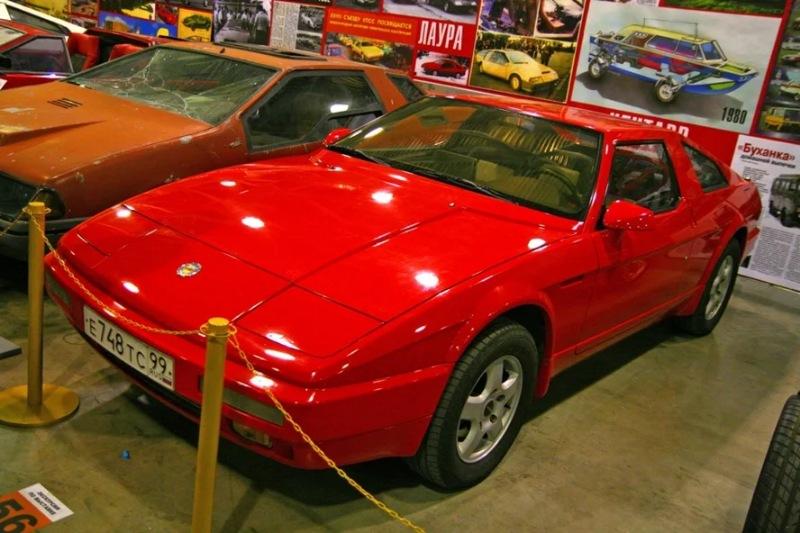
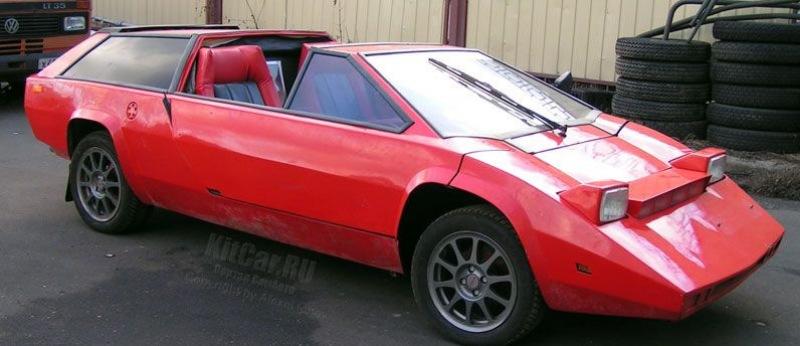
Although the maximum speed figures (180 km/h in Pangolina and 200 km/h in Yuna) were quite consistent with the sports cars of the time, these concepts, unfortunately, did not go into production.











